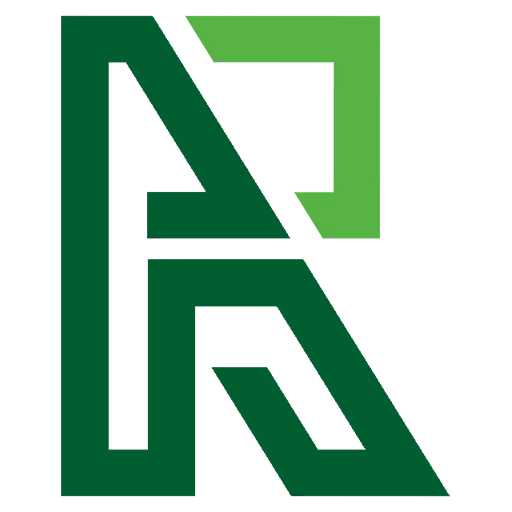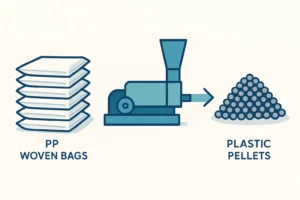A Plant Manager’s Guide to Recycling PP Woven Bags & Raffia Scrap
A practical guide for plant managers on recycling PP woven bags and raffia scrap. Learn the key steps, from size reduction to pelletizing, to turn challenging industrial waste into a high-value asset.

